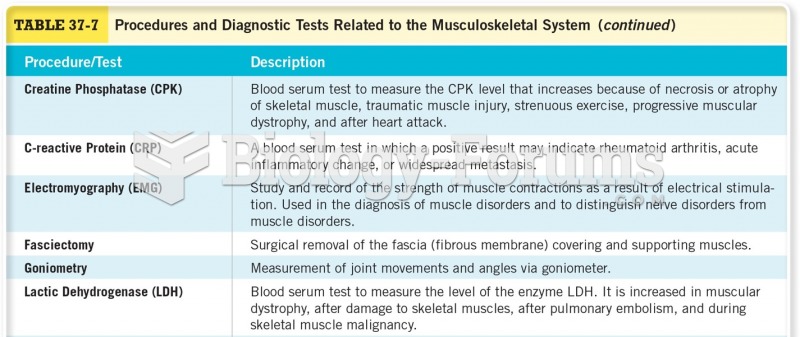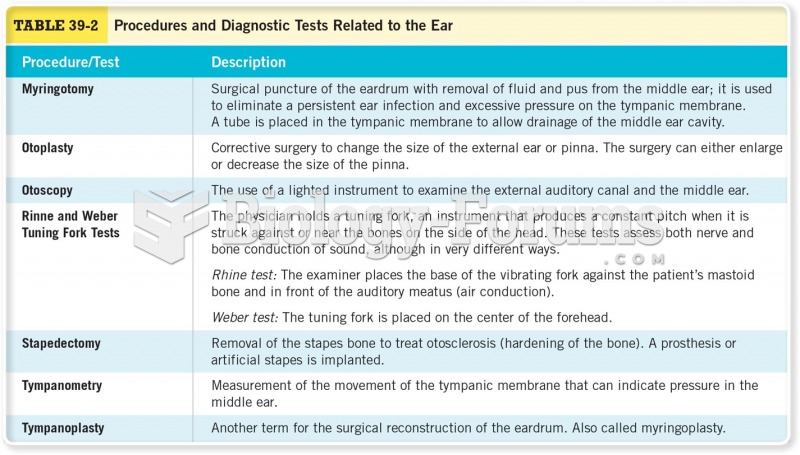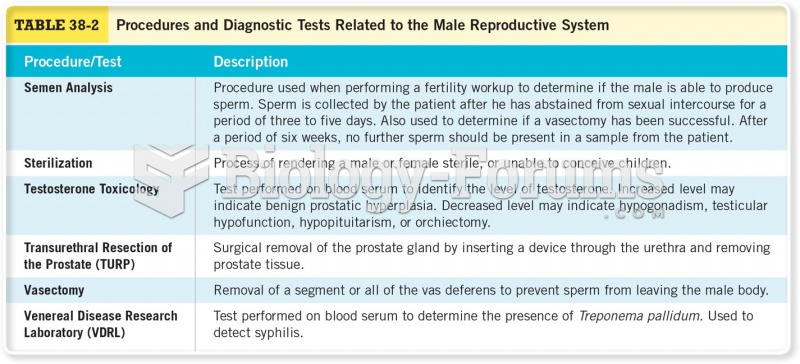Answer to Question 1
Metaphors juxtapose two nouns in a way that positively asserts their similarities, while not disconfirming their dissimilarities (e.g., the house was a pigsty, or abused children are walking time bombs). Related to metaphors are similes. Similes introduce the words like' or as' into a comparison between items (e.g., the child was as quiet as a mouse).
A prominent metaphor in cognitive psychology is that of humans as information processors. This metaphor highlights certain aspects of humans, such as our limited capacity for information processing. This limited capacity leads us to be selective in terms of what information to attend to in our environment. Metaphors such as that of the human information processor guide scientific thinking and research as well as problem-solving strategies. When people were presented with a scenario of a city that had a high crime rate, they suggested different approaches depending on whether crime was described as a virus infecting the city or a beast attacking the city. In the virus condition, participants tended to suggest approaching the problem by investigating the roots of the high crime rates and then treating the problems (like poverty). In the beast conditions, suggested solutions were more direct, like catching and imprisoning the criminals.
Metaphors can enrich our speech in social contexts. For example, suppose we say to someone, You are a prince.. Chances are that we do not mean that the person is literally a prince. Rather, we mean that the person has characteristics of a prince. How, in general, do we use language to negotiate social contexts? We explore the social contexts of language in the next section.
Answer to Question 2
The linguistic relativity hypothesis suggests language influences thinking. Speakers of different languages have somewhat differing cognitive systems. These different cognitive systems influence the ways people think about the world. Thus, according to the relativity view, the Garo would think about rice differentlyperhaps with greater complexity of thoughtthan English speakers, who have only a few words for rice. Thus, language would shape thought. Word learning may occur partly as a result of infants' mental differentiations among various kinds of concepts. So it might make sense that infants who encounter different kinds of objects might make different kinds of mental differentiations. These differentiations would be a function of the culture in which the infants grew up.







